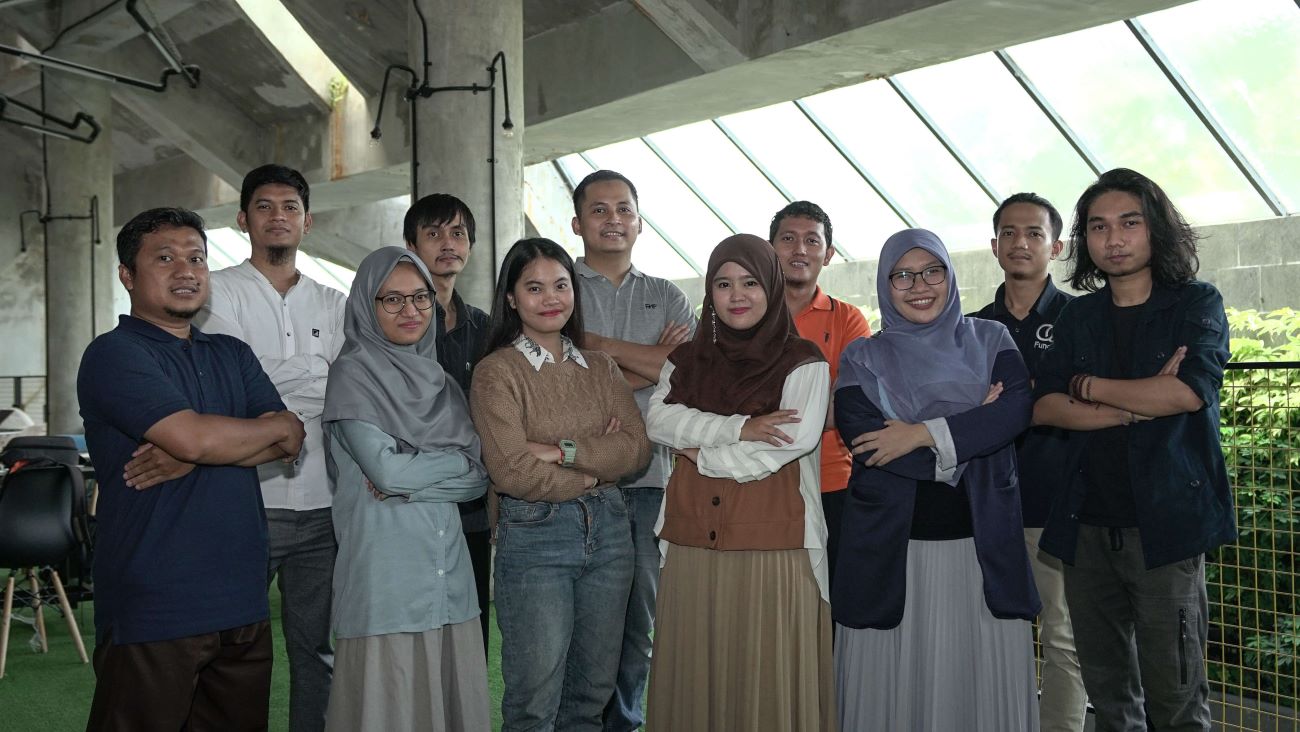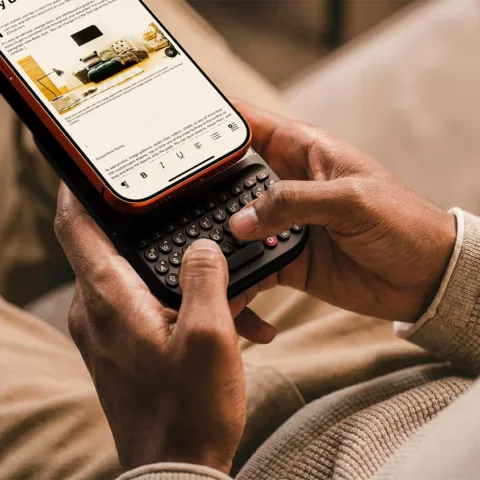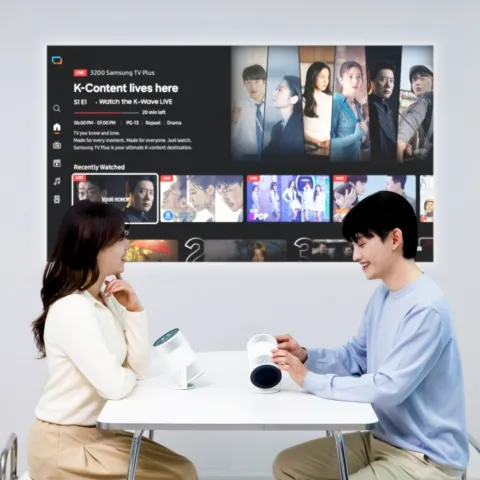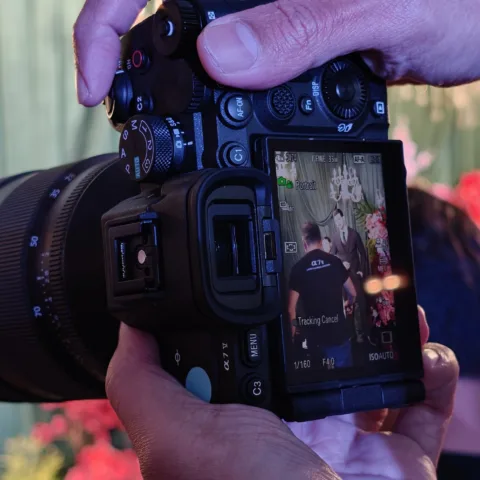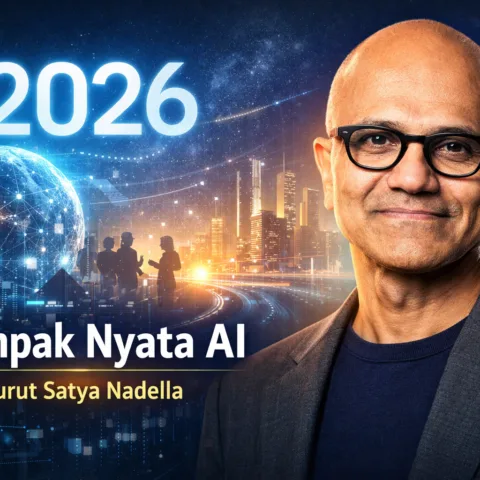Indonesia is one of those countries whose economy is very much supported by small to medium businesses. Imagine, thousands of businesses with relatively small revenue turnover, pushing the wheels of consumption and production. All fried foods vendors need cooking oil, LPG, food material and so on, to make their snacks feeding office and factory workers. These office and factory workers in turn work to produce something from their company, which is then offered to their customers, and so on. The sheer magnitude of this consumption and production cycle has made Indonesia an importer of foodstuffs.
The ecosystem of consumption and production must also be supported by communication efforts about these business offerings. Some companies have sales employees, some do advertising, and some even sponsor music concerts. These communication efforts are done so that their business offerings can be known to the widest possible amount of people, at least the potential customers.
This is why urban areas, where consumption is relatively high, is filled with advertising on all sorts of media. Unfortunately, the price of this ad space is relatively high, as the prices are a balance between the needed infrastructure to support the ad, and the demand of the ad space itself. What happens: the advertising space is more or less dominated by companies which are capable of supporting such budgets, and almost untouched by small to medium businesses.
On the other hand, the fragmentation of the entertainment market provides an interesting opportunity. The growth of various mediums and tastes in entertainment, in the form of books, music and movies among others, are much easier reached by the internet-capable (through phones and computers). The big mass media like TVs and newspapers still remains with businessmen with large capital power, but we have already seen that the magazine industry has grown a lot, tending to the many market segments in Indonesia. And where there is media, there is a space for advertising.
One of the most-discussed methods for funding creative projects is through crowdfunding, which asks funding direct to interested persons; sort of like a pooling of funds where the project with the most funding ‘partners’ gets funded. What has probably not been touched as much in Indonesia is microsponsorship.
There are not many examples of microsponsorship, and the forms defining the word still vary; but what I propose in this article is as follows: if your movie project needs around Rp 200 million and does not have a main sponsor yet, it may be a bit difficult to find 200 people who will invest Rp 1 million (or even, 2,000 people who will invest Rp 100,000), because persuading hundreds or thousands of people to contribute is not easy. But what if the funding is opened up to microsponsorship, which asks 200 SMEs to set aside Rp 1 million promotion budget?
A promotion vehicle like a movie may have a larger impact compared to putting up a classified ad or Google/Facebook ad. Surely, it depends on the offer – at least, the offer to advertise to SMEs must be made in an interesting way, fulfills the advertiser’s needs, and can integrate well to the creative project.
Personally I would think seventeen times before investing Rp 1 million of my own money ‘just’ to get the lastest record of my favorite band, complete with a box set with merchandise. But if the Rp 1 million offer had a good promotional potential for my company, why not? Companies today already spend that much for Google Ads, for instance. Of course, a ‘marketplace’ platform that connects these SMEs with their advertising needs, with the creative project makers needs to be built for it to be effective. So, who’s going to build one?
 Ario is a co-founder of Ohdio, an Indonesian music streaming service. He worked in the digital music industry in Indonesia from 2003 to 2010, and recently worked in the movie and TV industry in Vietnam. Keep up with him on Twitter at @barijoe or his blog at http://barijoe.wordpress.com.
Ario is a co-founder of Ohdio, an Indonesian music streaming service. He worked in the digital music industry in Indonesia from 2003 to 2010, and recently worked in the movie and TV industry in Vietnam. Keep up with him on Twitter at @barijoe or his blog at http://barijoe.wordpress.com.
[Header image from Shutterstock]

